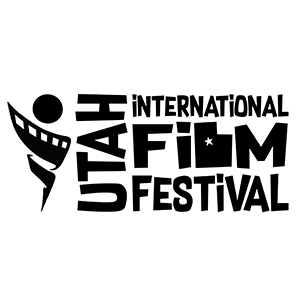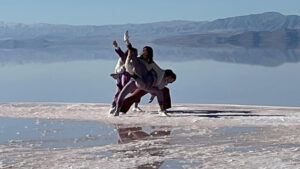Utah’s Western Film Heritage
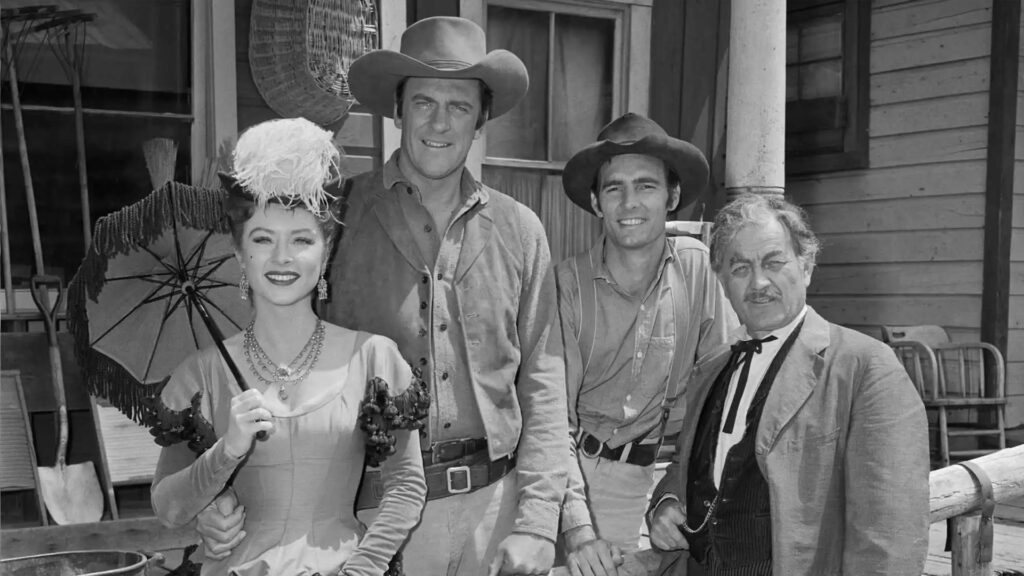
The history of film production in Utah is quite fascinating and dates back to the early 20th century. The state’s stunning landscapes and diverse locations have made it an attractive destination for filmmakers. Here’s a brief overview of how film productions started in Utah and their impact on the state’s film industry:
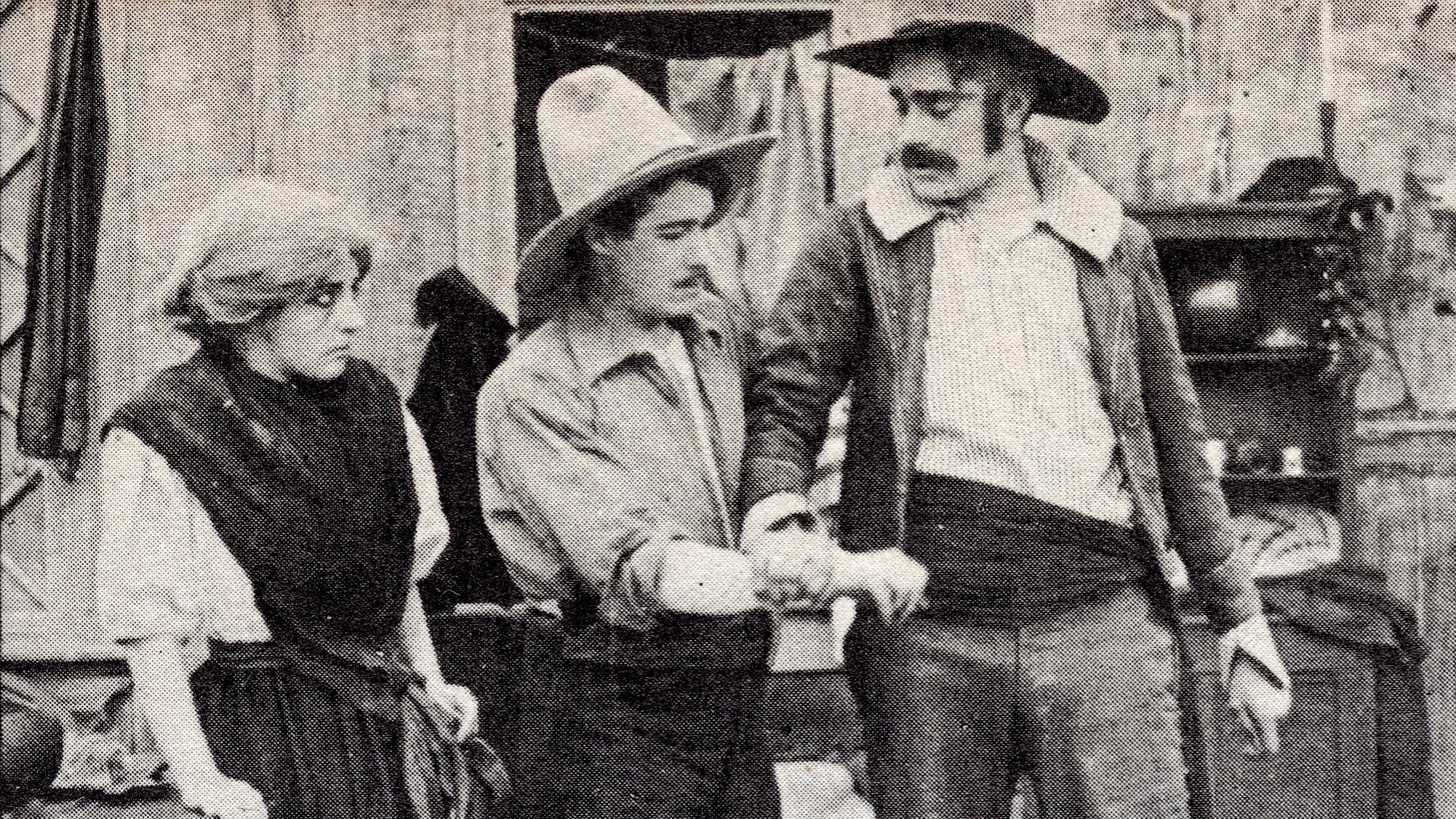
Early Beginnings:
Film production in Utah began in the early 1900s when silent films were at their peak. One of the first notable films shot in Utah was “In Old California” (1910), directed by D.W. Griffith. This film was shot in the small town of Manti, making it one of the earliest instances of Utah’s beautiful scenery being captured on film.
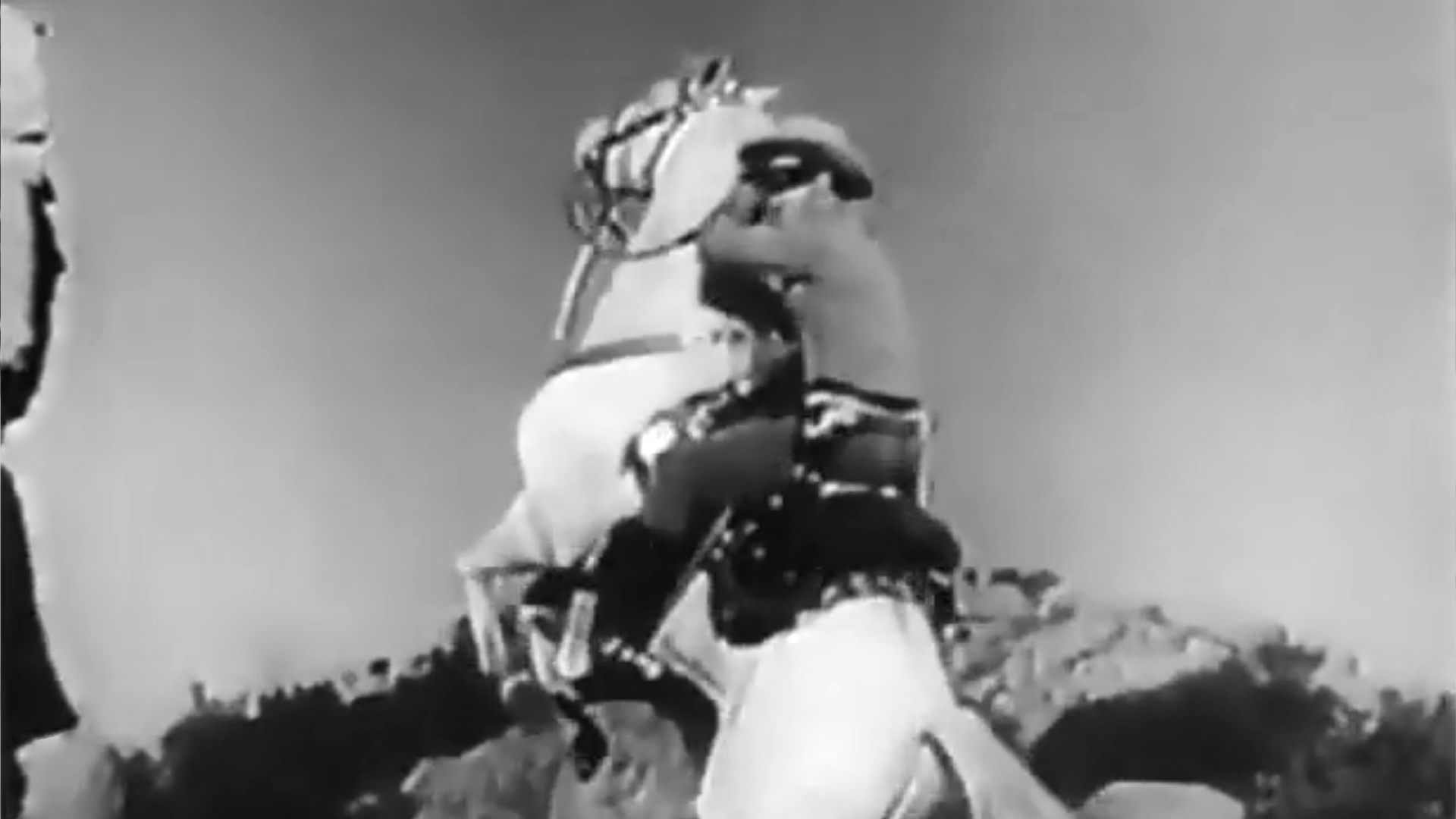
Westerns and Serials:
During the silent film era and into the early talkies, Utah’s picturesque deserts and canyons became synonymous with the classic American Western genre. Filmmakers recognized Utah’s unique landscapes as ideal backdrops for their stories. Many Western films and serials were shot in Utah during the 1920s and 1930s, contributing significantly to the state’s filmography.
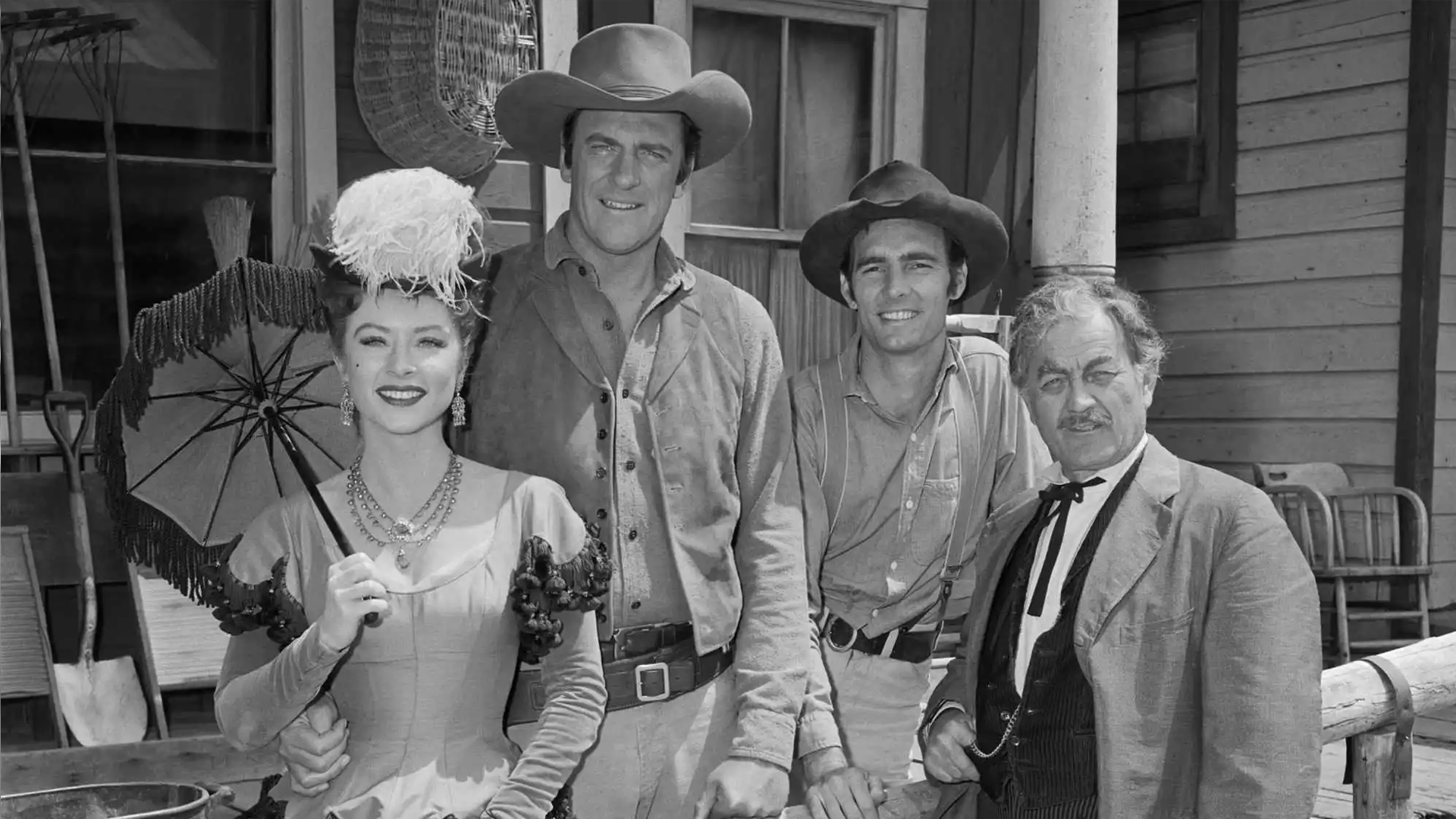
Influence of Television and Hollywood:
With the advent of television in the mid-20th century, Utah continued to attract filmmakers. Additionally, Hollywood studios recognized the economic benefits of shooting on location, leading to an increase in film and television productions in the state. Shows like “Gunsmoke” and “The Lone Ranger” often used Utah’s scenic locations to depict the American West.
Impact on Utah’s Film Industry:
- Tourism and Local Economy: The exposure of Utah’s landscapes through films and television shows attracted tourists, boosting the local economy. Visitors came to witness the same locations featured in their favorite movies and TV series.
- Infrastructure Development: The demand for filming locations led to the development of necessary infrastructure, including studios, post-production facilities, and skilled crew members. This laid the foundation for Utah’s modern film industry.
- Film Festivals and Independent Filmmaking: Utah’s film industry gained further prominence with the founding of the Sundance Film Festival in 1978. Sundance, founded by Robert Redford, became a platform for independent filmmakers to showcase their work, putting Utah on the map as a hub for independent cinema. Given your involvement in the Utah International Film Festival, these developments likely resonate strongly with your organization’s mission.
- Job Opportunities: The film industry in Utah created numerous job opportunities, ranging from acting and directing to production and post-production roles. This not only benefited the local workforce but also encouraged talent to stay within the state, nurturing a pool of skilled professionals.
The early days of film production in Utah were marked by the state’s natural beauty attracting filmmakers, particularly in the Western genre. Over the years, this trend continued, leading to the development of a thriving film industry. Today, Utah’s film industry stands as a testament to the state’s rich cinematic history and its ongoing impact on the local economy and culture.
